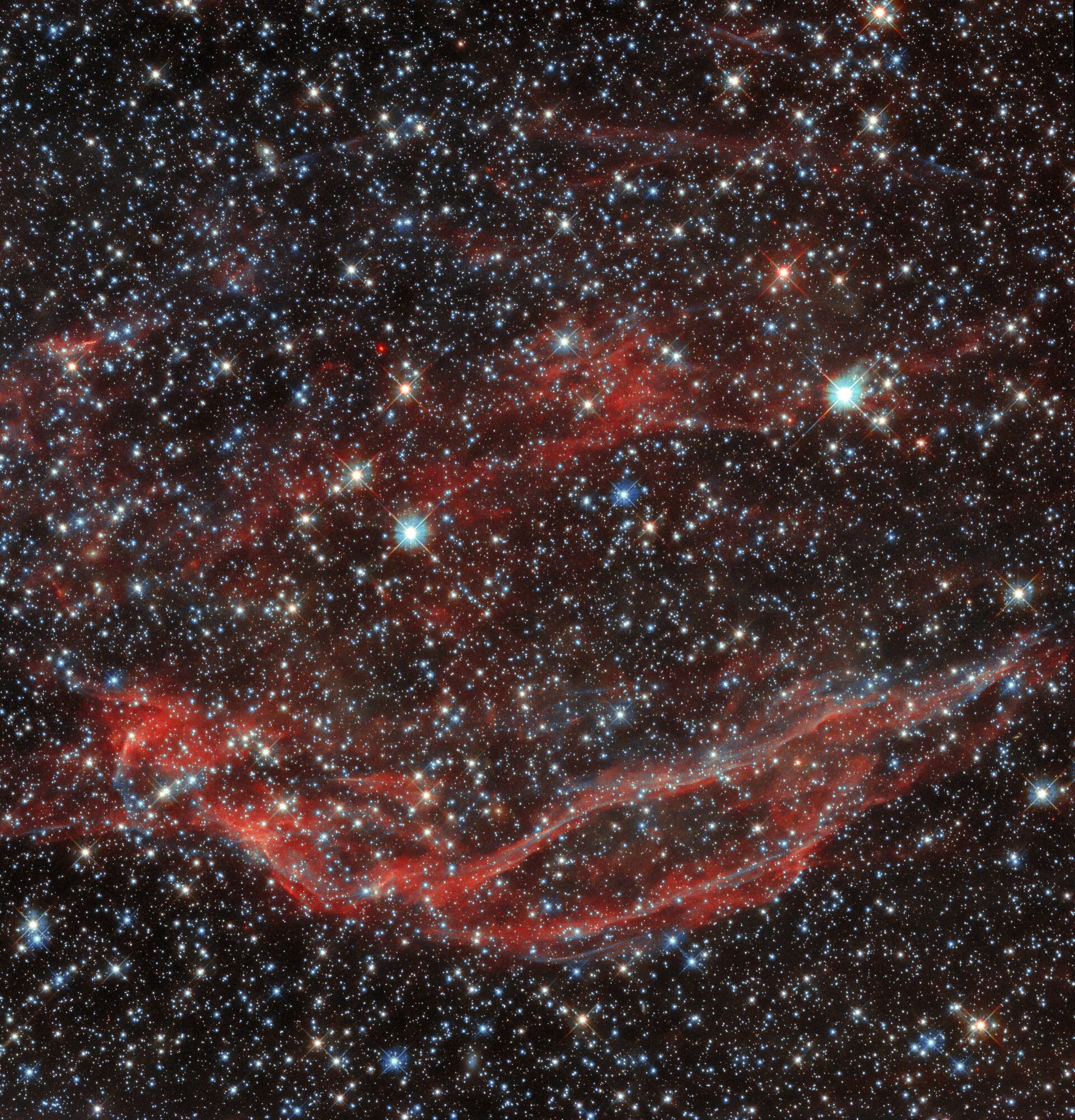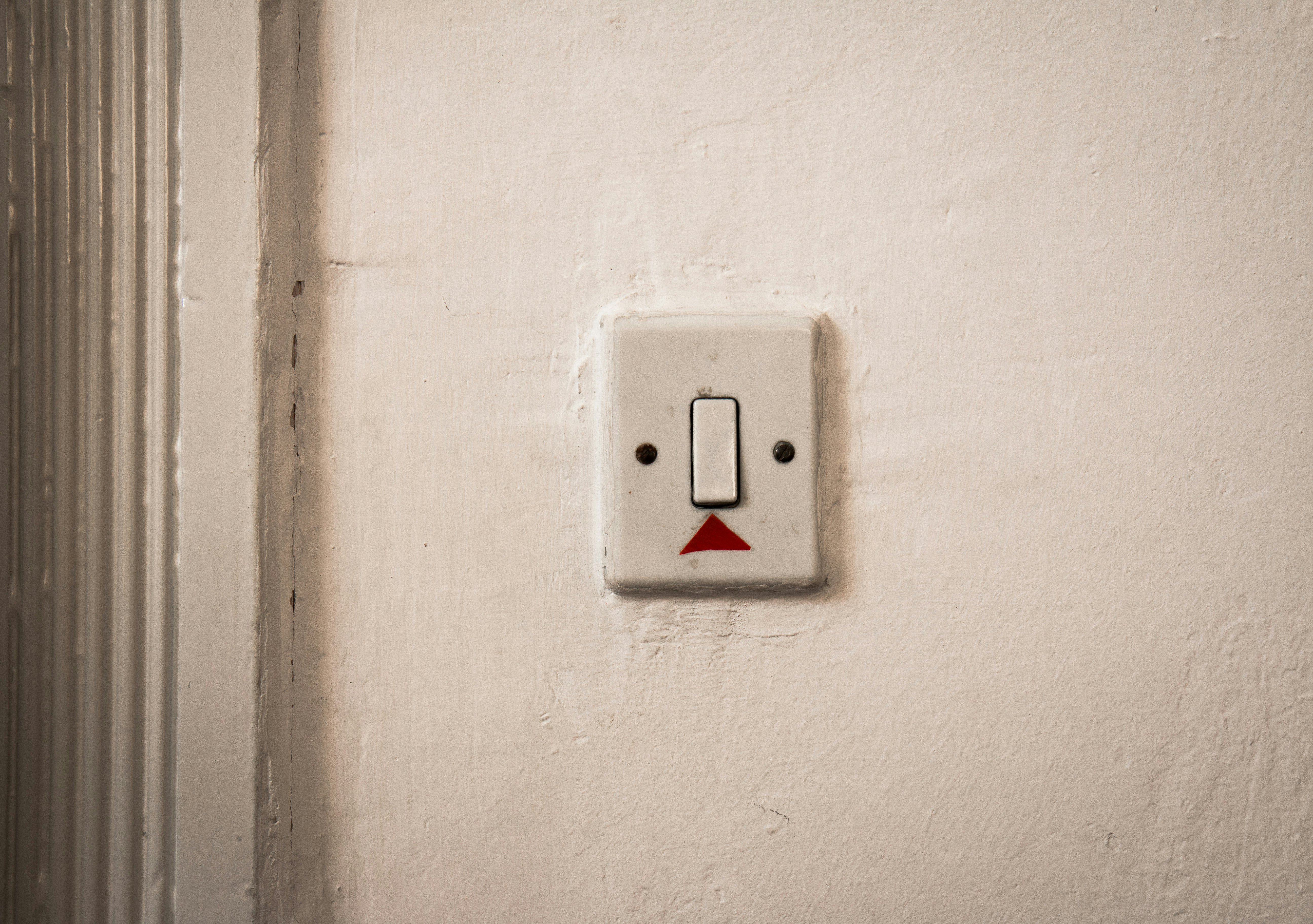
It’s all smiles, even after a dramatic stellar death. In a new Hubble Space Telescope image, two bright stars perched above swooping strands of gas appear to form a cosmic face just outside the Milky Way galaxy.
What’s new — The peepers and open-mouthed grin belong to the object DEM L249, located in a southern patch of sky where the faint constellation Mensa dwells.
Now, we can gaze at DEM L249’s goofy quirks thanks to the 32-year-old Hubble Space Telescope’s mesmerizing photo of the object, released May 13 by the European Space Agency.
The cartoonish grin is actually evidence of a psychological quirk of our own, called pareidolia, which is the tendency to see meaningful, face-like expressions on or in random objects or natural phenomena. (If you want to know what we mean, take a look at your nearest three-point socket.)
The image below shows the two luminous, blue-tinted stars on either side of the image field above a gaping maw made up of galactic filaments underneath. The object, DEM L249, is located about 160,000 light-years from Earth in the Large Magellanic Cloud — a satellite galaxy of the Milky Way.

What created DEM L249?
The spark that triggered the seemingly happy scene isn’t much to laugh about.
The filaments of dust and gas captured in the image are actually the remains of a stellar explosion — specifically, the supernova of a usually-stable white dwarf star. Some 95 percent of all stars — including the Sun — will become a similar object at the end of their lives.
But white dwarf stars aren’t just the shrunken shells of former stellar glory. Occasionally they can still pack a punch. Astronomers think a white dwarf star exploded into the supernova that created DEM L249 because it was accreting material from a nearby object, perhaps another star remnant.

In this theory, the white dwarf star siphoned material from its partner but got too heavy, eventually reaching a critical mass and blasting apart in what the European Space Agency describes as a “cosmic cataclysm.” The supernova shook loose spools of material that now decorate a patch of the universe so brightly that Hubble can see these jewels clearly from about 160,000 light-years away.
Hubble took this image on a quest to find surviving companions of white dwarf stars that have turned supernova, according to NASA.







